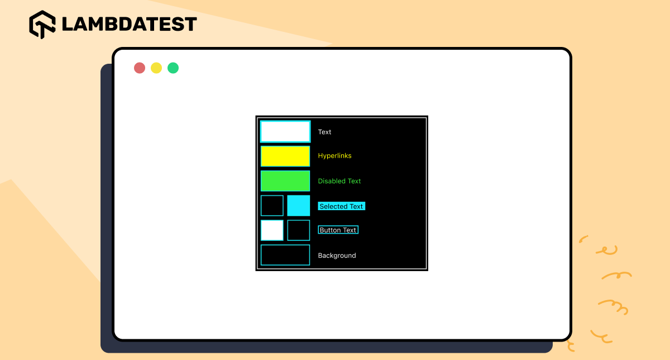Lambdatest
11h
194

Image Credit: Lambdatest
A Complete Guide to Windows High Contrast Mode
- Windows High Contrast Mode (WHCM) is an accessibility feature in the Microsoft Windows operating system designed to improve the visibility and usability of the interface for users with visual impairments or those who prefer high-contrast visuals.
- WHCM is beneficial for users who find standard color schemes hard to perceive and allows them to navigate and interact with the system more effectively.
- Enabling WHCM can be done manually, using a keyboard shortcut, or via Chrome DevTools. However, not all third-party apps might be fully compatible with this mode.
- To ensure user-friendliness and accessibility in WHCM, developers must prioritize semantic HTML, transparent properties, custom focus, and proper use of images and scrollbars.
- Forced Colors Mode is an accessibility setting where assistive technology actively adjusts the colors of a website or application to suit the needs of users with low vision, and WHCM is a type of Forced Colors Mode in Windows.
- Microsoft has put efforts into new standards specifically designed for Forced Colors Mode, aimed at optimizing the functionality of WHCM.
- When it comes to browser compatibility of WHCM and Forced Colors Mode themes, it's important to understand that while WHCM provides styling options, browser support varies.
- By implementing strategies and techniques like semantic HTML, transparent properties, custom focus, system colors, and forced-color-adjust, web designers can foster a more inclusive and user-friendly online environment.
Read Full Article
11 Likes
For uninterrupted reading, download the app